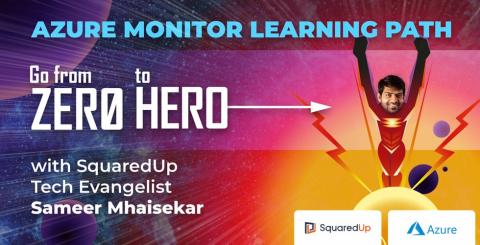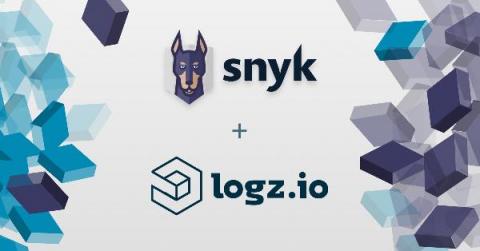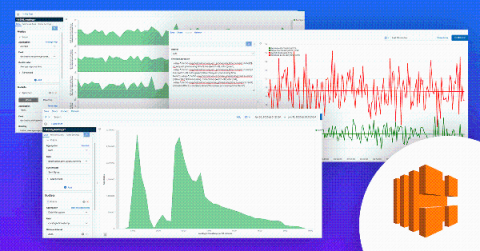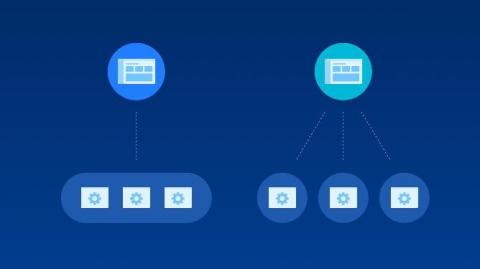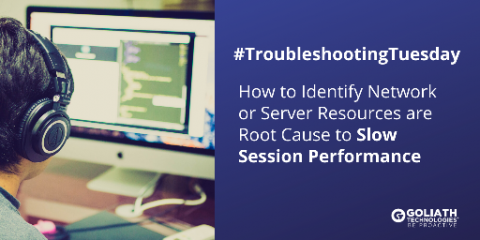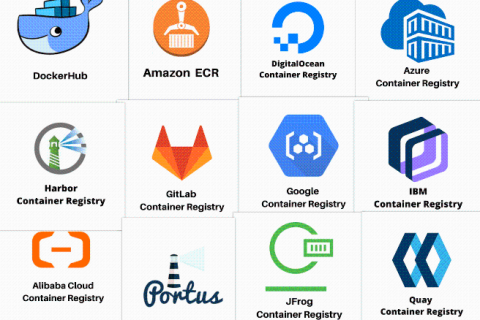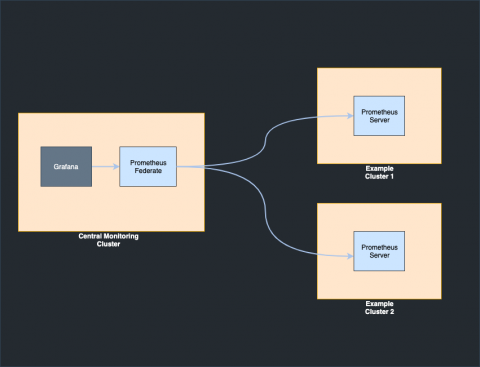How To Improve Application Health with Error Monitoring
Customer support teams are a crucial part of any enterprise service, and in the world of Governance, Risk, and Compliance (GRC) Software, these teams need to be focused on supporting critical customer needs, not troubleshooting application errors that have reached the customer. Sentry has proved to be a pivotal part of the toolset for industry-leading GRC software company Reciprocity.



